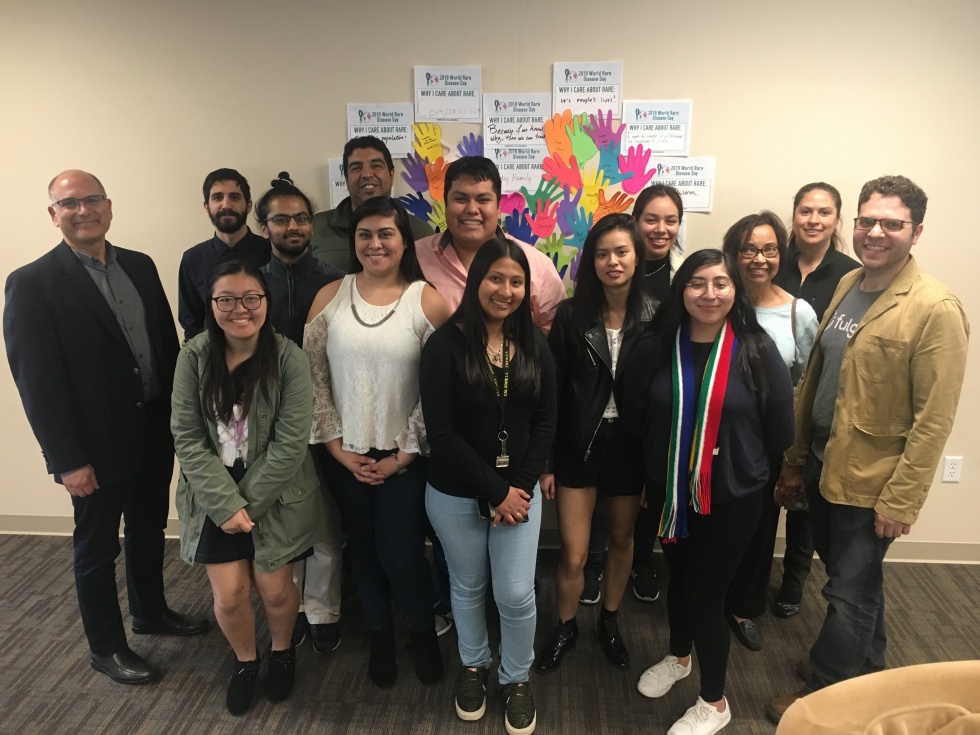Breast cancer is a rampant disease that occurs in approximately one out of eight females in the United States. Approximately 30% of breast cancers overexpress the HER2 receptor. Because the HER2 receptor is on the cell surface it is an attractive target for targeted chemotherapy. Traustuzumab (Herceptin) is currently used to attack breast cancers through HER2 receptors. For breast cancers in advanced stages, traustuzumab is effective for approximately one year. Thereafter, the cancer becomes resistant and can have devestating effects. Exactly how breast cancers resist traustuzumab is an active area of research because it is possible that more effective therapies can be designed. One protein that causes chemoresistance is t-Darpp, a phosphoprotein that activates protein kinase A and activates the AKT cell survival pathway. The mechanism by which t-Darpp resists traustuzumab is being explored by my lab.
Hydrogen peroxide, nitric oxide and hydrogen sulfide are among the many molecules that oxidize cysteine residues in proteins. Oxidation of protein cysteine thiol groups often modulates protein activity. Oxidation depends on the local protein structure surrounding the cysteine thiol group. We are developing tools accurately predict the specific thiols groups that are susceptible to oxidation. Our bioinformatics approach should be applicable to the development of tools that predict other protein modification reactions.
